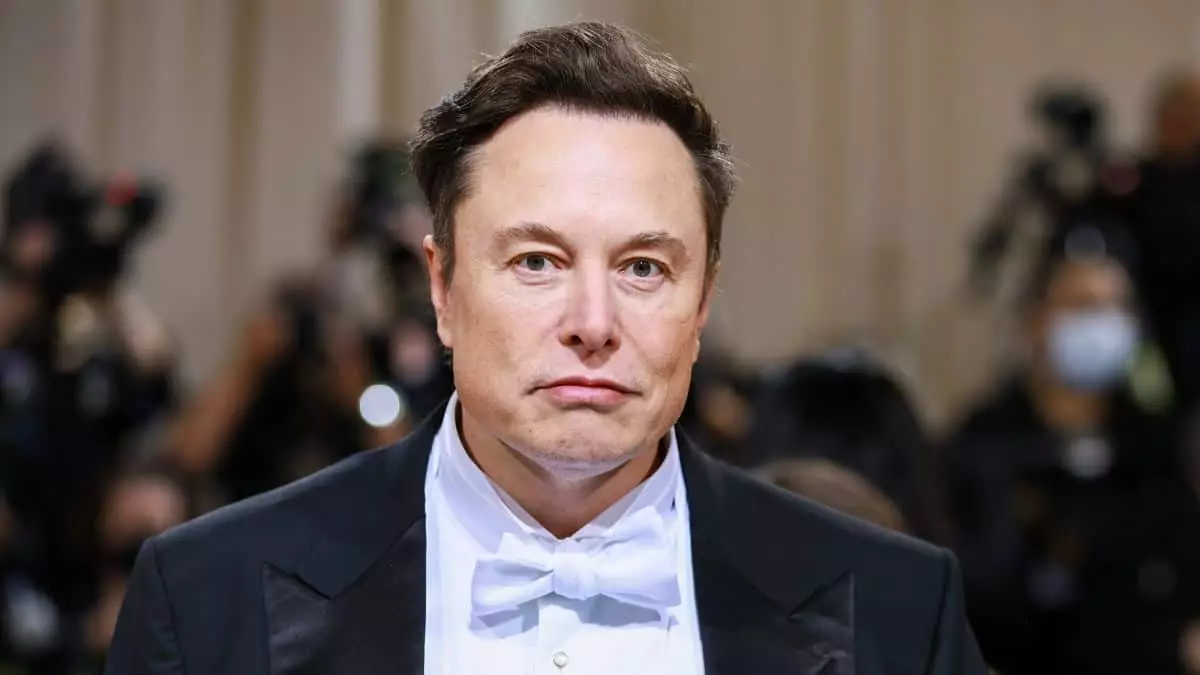In a striking commentary on the U.S. Department of Treasury’s operations, Elon Musk, who leads the Department of Government Efficiency (D.O.G.E.) under former President Donald Trump, raised critical concerns about the integrity of financial practices within the department. Musk’s allegations centered around what he described as rampant approval of fraudulent payments by career officials, suggesting a fundamental breakdown in the oversight mechanisms that are supposed to prevent such inefficiencies. Taking to the social media platform X on February 2, Musk claimed these officials were “breaking the law every hour of the day” by endorsing unauthorized and unlawful payments, highlighting a pressing need for reform within governmental financial systems.
In the wake of these serious allegations, Musk pointed toward blockchain as a potential remedy to the Treasury’s inefficiencies. This assertion did not go unnoticed; crypto commentator Mario Nawfal quickly amplified the conversation by asking whether the Treasury should indeed transition to a blockchain-based system. Musk’s enthusiastic affirmation of this idea sparked broader discussions on how distributed ledger technology could fundamentally transform the management of federal finances. Advocates explain that implementing a blockchain framework would provide a transparent and immutable record of every transaction, potentially restoring public trust and accountability in governmental financial practices.
Proponents of incorporating blockchain into government financial systems argue that it may eliminate many of the backroom dealings and opaque practices that have plagued various governmental departments. Nawfal, for instance, pointed out the staggering size of transactions executed by the Treasury, reaching trillions of dollars on a daily basis. He noted that the opaqueness of the current systems not only facilitates fraud but also allows for mismanagement of taxpayer dollars. An on-chain approach could, in theory, establish a superior system that significantly limits opportunities for misconduct by tracking every dollar in real-time. This sentiment was echoed by Lindsay Poss, who highlighted the success of Ukraine’s Transparent Network in revolutionizing aid distribution—a model that guards against corruption by providing clear visibility into financial flows.
Despite the optimism surrounding the blockchain proposition, the path to governmental adoption of such technology is fraught with hurdles. Critics, including crypto experts like Aquino, have voiced concerns regarding potential political resistance and the complex nature of overhauling legacy systems. Implementing blockchain in a vast entity such as the U.S. Treasury would necessitate not just technological shifts but also a cultural change within the institution’s operational frameworks. These factors warrant careful consideration as discussions about blockchain integration advance.
Musk’s candid remarks come amidst reports suggesting that D.O.G.E. may have improperly accessed sensitive taxpayer data from the U.S. Treasury. Allegedly, this was done in a bid to “illegally withhold payments” from specific government programs, further implicating the department in issues of mismanagement and lack of oversight. Additionally, Musk himself is currently embroiled in legal battles with the U.S. Securities and Exchange Commission, which accuses him of failing to disclose significant stock ownership in X. This legal strife adds another layer of complexity to Musk’s leadership as head of D.O.G.E.
As the conversation unfolds regarding the potential for blockchain technology to reform governmental financial practices, Musk’s high-profile position elevates the discussion into the public sphere. The contention around the Treasury’s management, combined with the growing demand for greater transparency and efficiency in government expenditures, makes it imperative for lawmakers and financial regulators to explore innovative solutions. While the hurdles to a blockchain transition are considerable, the emerging dialogue highlights a critical opportunity to enhance accountability and trust in public finance—one that intersects innovation with the urgent need for reform. As these discussions continue, the intersection of technology and governance could lead to a future where transparency and efficiency become the norms rather than the exceptions.

